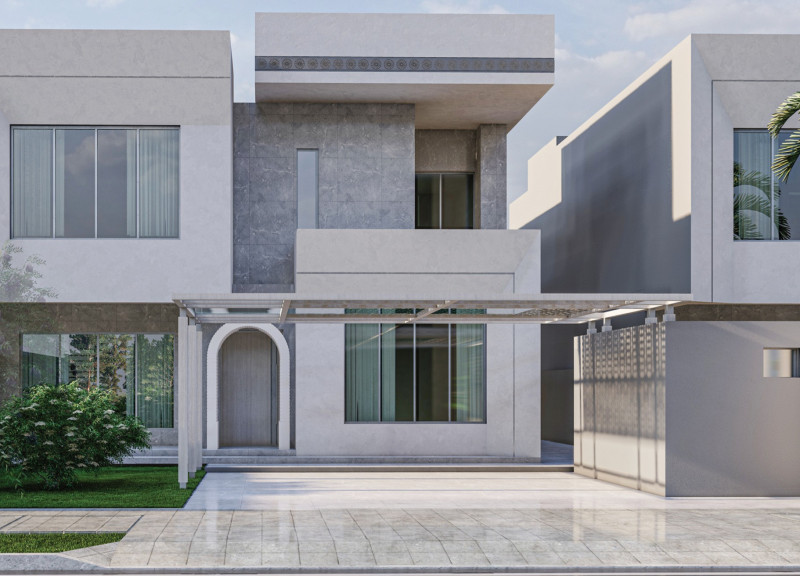5 key facts about this project
The architectural design incorporates a series of distinct elements that collectively contribute to its overall functionality and appeal. At first glance, the facade presents a welcoming exterior with a careful balance of materials that include glass, concrete, and wood. The use of large glass panels allows for an abundance of natural light, creating an inviting atmosphere within the interior spaces while also fostering a strong connection to the surrounding environment. This aspect of the design emphasizes transparency and openness, crucial components that encourage interaction both inside and outside the structure.
Inside, the layout prioritizes flexibility and adaptability. Current trends in architecture emphasize spaces that can accommodate various functions, and this project exemplifies that principle. Open floor plans provide versatility, allowing for different configurations tailored to the specific activities or gatherings that may take place. The interior design also focuses on the details, such as [describe any notable architectural features, such as ceiling heights, flooring materials, or built-in furnishings], which enhance the overall experience and usability of the space.
The project represents a thoughtful response to its geographical context, taking into account local climate, culture, and landscape. By integrating elements that draw inspiration from its setting, the design resonates with the community it serves. Features such as shaded outdoor areas, green roofs, or sustainable water management systems not only contribute to environmental responsibility but also create a sense of place, offering users a space that feels both familiar and refreshing.
Unique design approaches are prevalent throughout the project, particularly in how it incorporates sustainable technologies and practices. The architects have skillfully integrated renewable energy solutions, ensuring that the building minimizes its environmental footprint while maximizing efficiency. Elements such as solar panels, rainwater harvesting systems, and high-performance insulation reflect contemporary concerns about eco-friendly design, demonstrating how modern architecture can contribute positively to the environment.
Moreover, the project promotes a sense of community and interaction. By designing communal spaces that encourage gathering and collaboration, the architecture acts as a facilitator for social engagement among its users. This is achieved through strategically placed seating areas, open courtyards, or multi-functional spaces that can host various events, fostering a vibrant atmosphere where relationships can flourish.
Additionally, attention to detail remains a focal point throughout the project. The careful selection of materials not only speaks to the building’s aesthetic but also to its durability and maintenance. The interplay between different textures and colors in the building’s surfaces enhances visual interest while promoting a cohesive design language. Every element, from the lighting choices to the landscaping, has been meticulously considered to contribute to the overall narrative of the building.
In exploring this project, readers are encouraged to delve deeper into its architectural plans and sections to gain insights into the thoughtful configuration of spaces. Architectural designs that prioritize user experience and environmental integration demonstrate the potential of modern architecture to create functional, beautiful, and sustainable environments. The unique ideas presented in the design process reveal how architecture can adapt to contemporary challenges while serving the needs of the community effectively. For those interested in the detailed workings of this architectural endeavor, examining its architectural details and sections will provide a clearer understanding of the thought processes behind this impressive project.


























